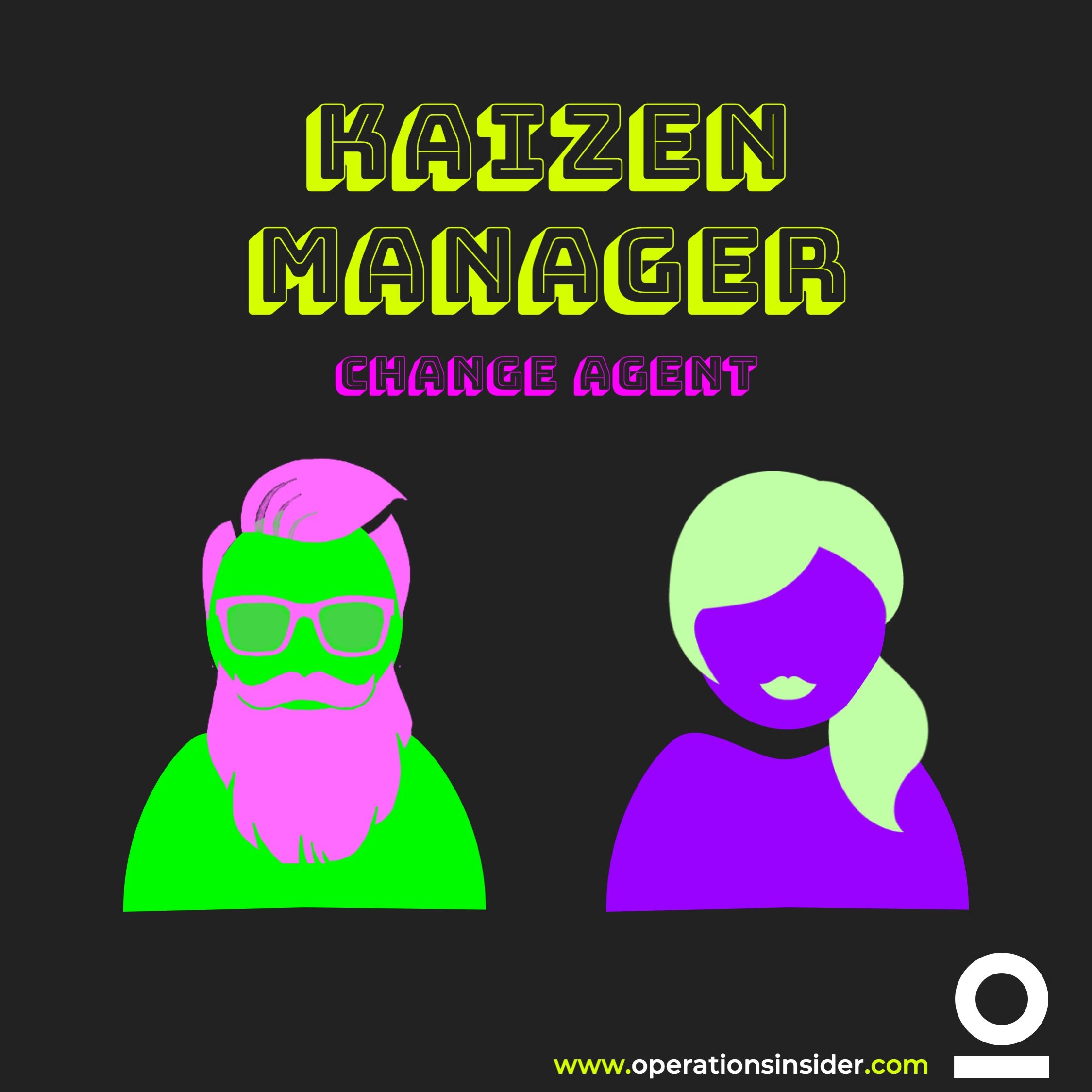
LANGUAGE OF LEAN
Kamishibai Board
The Kamishibai Board helps your organization to visualize and manage recurring tasks in a very simple but effective way.
The Kamishibai Board is part of the visual management in Lean Management that supports you on managing recurring tasks in a way that the status of each task is clearly recognizable by everyone in your organization.
The tasks are listed by their frequency and the responsible persons. The design of the cards can vary, but typically T-Cards are used as the handling is quite easy. These cards contain on both sides the information of each task. One side of the card is red the other one green. RED: to do, GREEN: done. So the color is indicating the status of each task.
By using these two color coded cards everybody in the organization will recognize if all activities are on track or if there is a backlog ahead on performing daily, weekly or monthly activities.
Example Kamishibai Board - weekly tasks with assigned persons
Kamishibai is a Japanese term, to bring it in operations terms it can be understood as mini-audits. The Kamishibai is a great starting point for Gemba Walks mainly in the admin area of your organization but can also be utilized in the service and maintenance department. It also supports 5S activities and assists in checking the continuous improvement actions on checking on standards and improvements during regular meet ups.
The Kamishibai approach has different sections. E.g. a simple planning board with T-cards with a red and a green side, a list of person in charge and a 3C list. The 3C list thereby describes the Concern, defines the Cause and lists the Countermeasures, find a free template (in flip chart format) here.
The planning section has the tasks tank, on the far left side all tasks are stored in holders (T-Cards) or e.g. magnetic cards that are also green on the one and red on the other side. One section further to the right you can implement a matrix with responsible person for each row and all weekdays as column. By this you can easily assign tasks.
Between the organizational and the problem solving part there should be space for the escalation or support needed tasks. It might happen that an assignee is not able to fulfill a task as he/she is in the need of information or active support from a different level or department.
To sum it up. The benefits of the Kamishibai methodology is mainly the visualization part. It gives clear structure and is understandable at first sight. With the Kamishibai you are able to perform so called “mini-audits” on a regular basis that helps you driving the continuous improvement process in your organization and supports you on performing effective Gemba Walks. Instead of heaving some chit chats you can bring information straight to the point and address any issues fast.
You can use the Kamishibai methodology for all kinds of work areas in your organization, e.g. you have control indicators for methods, processes, documents, standards and much more. In the end the Kamishibai helps you to keep the routine of defined standard work procedures as results of KAIZEN activities. If it works congrats, if not congrats - you found something that can be improved.
Kaizen Manager
Kaizen Mangers are the people in your organization who initiate changes within your organization or support departments on the path along the continuous improvement process (CIP).
Kaizen Manager (Change Agents)
Kaizen Mangers are the people in your organization who initiate changes within your organization or support departments on the path along the continuous improvement process (CIP).
Change Agents are the key players in your organization to integrate new processes or improvement actions and simultaneously stabilize departments throughout a change or transformation process.
When talking about a Kaizen Manager or Change Agent he/she has the following duties with the support of the Change Leader:
Support the change process by defining the program, participants, selecting suitable processes and defining the targeted state
Set individual targets for responsible/affected persons
Support responsible persons for each individual improvement process through coaching or scheduling exchange rounds with other key players. (To stay on track)
Support the onboarding process for new people to the program
Support on the transformation process from learning to actually doing
Coordinate and support further expansion within departments
Support on the transformation process of organizational culture
Challenge status quo with fundamental questions on existing procedures
Work closely with the heads of departments to anchor the new improvement culture across the complete organization
What ever it takes, it has to be clear that a sustainable change culture can only be established if all of your mid and top mgmt. themselves drive the integration of all their direct reports. The Kaizen Manager is the pure supportive function in the role of an internal consultant to guide the process.
Stay Connected
Ad
We want information fast and in a nutshell. We from OI recommend Blinkist* - because it’s simply the best.
* = Affiliate Link

































